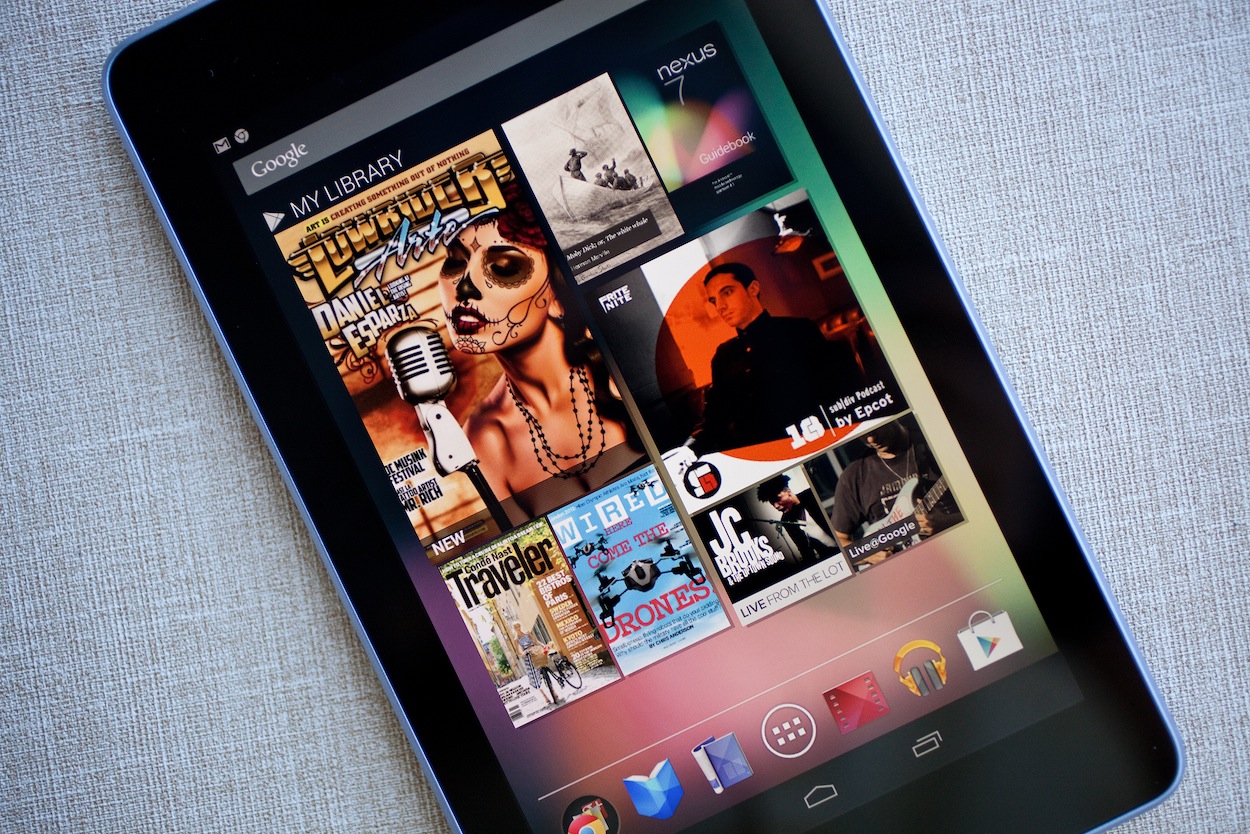Why Content Is The Future of Mobile
Published: July 16, 2012Remember when the Kindle Fire came out? Unless you’ve been living “off-the-grid” for the last year, you probably do. The Kindle Fire was Amazon’s first thrust into the modern tablet market. When I say “modern,” I mean the iPad market. Not the Kindle, Nook or eReader market. The Kindle Fire was Amazon’s first thrust into the “multifunction” tablet market, where users expect to be able to do more than just read books.
At 7” and with a custom version of Android that lacked the full power of the existing Android ecosystem, the Kindle Fire seemed pretty much guaranteed to fail miserably. But, then we saw the price.
$199.
At the lowest price point of any high end tablet to date, the future of the Kindle Fire started to look a little brighter. Even after we got our hands on it, we loved it. It was intuitive and easy to use and despite the inability to leverage the existing Android ecosystem, no one can dispute the fact that the Kindle Fire was a success.
But why?
One word: content.
The Kindle Fire was backed by one of the largest content delivery and digital media retailers on Earth. It wasn’t designed to be profitable by itself. Amazon didn’t need to make a huge margin on it. It served as a physical portal to Amazon’s digital media offerings. What Amazon lost in the Kindle Fire, they will more than make up in digital media sales.
And now, Google, the online giant behind Android, is doing the exact same thing. Google just started shipping orders for their new 7” Android tablet, the Nexus 7. Like the Kindle Fire, the Nexus 7 sits at a beautiful $199. But, unlike the Fire, the Nexus 7 runs a pure, untainted version of the newest version of Android (Jelly Bean) and has access to the entire Android ecosystem, which now includes Google Play, Google’s newly released iTunes competitor.
But even more interesting is how much it costs to actually build a Nexus 7. The manufacturing cost of the Nexus 7 is $167. That only leaves about a $30 margin for Google, and when Android development time, product support and other logistics are taken into account, that margin quickly dwindles.
So how are Google and Amazon able to sell these fully-capable devices at a near loss?
Again, one word: content.
Both the Kindle Fire and Nexus 7 are backed by massive digital media libraries, and are advertised as media consumption devices. They can be sold at lower price points the same way that cell phones can be subsidized: the money will be recouped later. These devices serve as mechanisms to connect people to content services (Amazon and Google Play), and that’s their endgame. Content delivery. Just like the iPod helped make iTunes the largest music retailer in the US, these devices will propel their respective ecosystems forward.
When Steve Jobs said that hardware no longer mattered, and that the future of computing revolved around ecosystems and connectivity between devices, many people thought he was wrong.
But, how can you argue with the only three widely successful tablets being backed by three of the largest digital media distributors?
What effect do you think content will have on the future of mobile computing? Share in the comments.





